
It's important to note that during this state, measurement and validation is still largely qualitative. While we can use numbers to measure how well people are improving in new methods and techniques, experience and judgment will still play the largest role in validating any assumptions behind the change model.

The primary purpose of the validate adoption state is to determine if change recipients are able to adopt new behaviors, techniques, and working culture related to lean and agile technics. It's important to focus on adoption first, and give people chances to get used to new methods before focusing on looking at performance or other business outcomes.

One of the first things a change agent should do during this state is to work with change recipients to come up with a backlog of improvement experiments. These improvement experiments should be designed to validate that specific actions taken by the change agent will result in improved capability and adoption of specific agile techniques.
Good improvement experiments will also be validated against a specific success criteria listed on the change canvas.
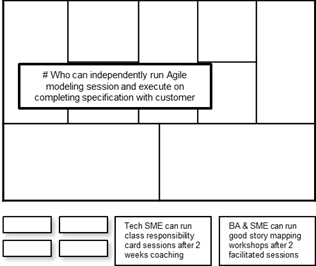
Our team has had good success using simple agile and lean capability models, tracking a number of capability dimensions for particular set of change recipients. Improvement experiments can be designed by creating a hypothesis that Outlines how a set of change activities will result in improvement on some dimension of the capability model.
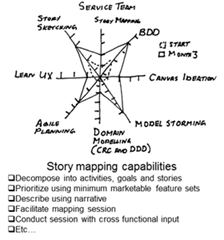
It is extremely important that change recipients take an ownership role in measuring the effectiveness of a particular improvement experiments, change agents should act as facilitators, and almost never interfere with the teams self-evaluation.
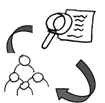
It is also crucial to make sure that teams do not feel like they are being judged or evaluated by any type of external authority, the use of capability models is especially prone to misuse by management. Teams need to feel safe to learn at their own pace, and not get into capability competition with other teams. The point is to make sure that we can validate assumptions behind how much effort is required to help teams adopt new techniques, and to collaboratively adjust any of these expectations if they turn out to be false.
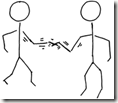
Again our experience tells us that understanding the relationship between the commitment required for change recipients to truly adopt new techniques is extremely hard. This effort is often vastly underestimated, and is usually the source of the first pivot required to realign an agile change program.
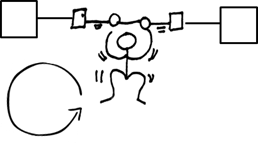
Read the Rest of Lean Change - Chapter 4: the Validated Change Lifecycle
- Validated Change Lifecycle Using Kotter, Leanstartup and Kanban
- State 1: Agree on the Urgency of Change
- State 2: Negotiate the Change
- State 3: Validate Adoption
- State 4: Verify Performance
- Realizing a Change Canvas through the Validated Change Lifecycle
- Instantiating the Lifecycle Effectively Using Information Radiators
No comments:
Post a Comment